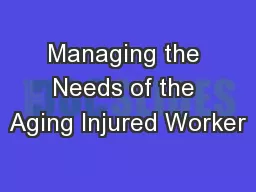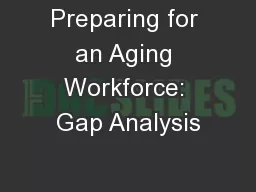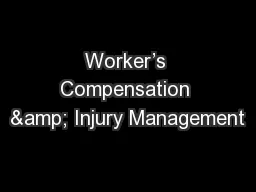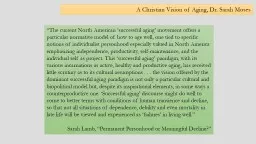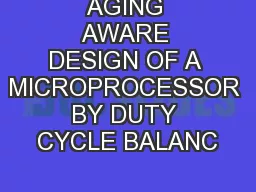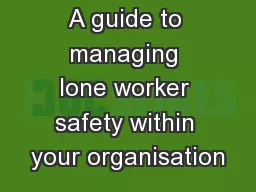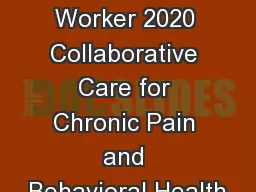PPT-Managing the Needs of the Aging Injured Worker
Author : alexa-scheidler | Published Date : 2018-10-14
Kevin T Glennon RN BSN CDMS CWCP QRP Vice President Clinical Programs Topics for Discussion Review the affects of the aging process on the body Discuss how the
Presentation Embed Code
Download Presentation
Download Presentation The PPT/PDF document "Managing the Needs of the Aging Injured ..." is the property of its rightful owner. Permission is granted to download and print the materials on this website for personal, non-commercial use only, and to display it on your personal computer provided you do not modify the materials and that you retain all copyright notices contained in the materials. By downloading content from our website, you accept the terms of this agreement.
Managing the Needs of the Aging Injured Worker: Transcript
Download Rules Of Document
"Managing the Needs of the Aging Injured Worker"The content belongs to its owner. You may download and print it for personal use, without modification, and keep all copyright notices. By downloading, you agree to these terms.
Related Documents

